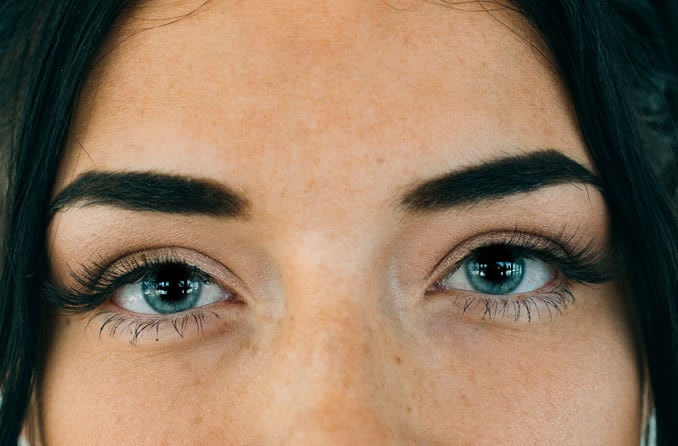
Dilated Pupils
Dilated pupils may be a sign of a medical condition or just a normal repsonse to common triggers. Read about some possible causes and treatments.
Related Articles

Learn what it means to have dilated pupils (dilated eyes), what can cause pupils to dilate, and the possible treatment.

Blown pupils are fixed, dilated pupils that do not react to light. They are caused by issues with the brain or certain chemical exposure.
All About Vision and AllAboutVision.com are registered trademarks of AAV Media, LLC. © 2000-2025 AAV Media, LLC. The content on this site is for informational purposes only. All About Vision does not provide medical advice, diagnosis or treatment. Contact an eye doctor if you need medical attention.